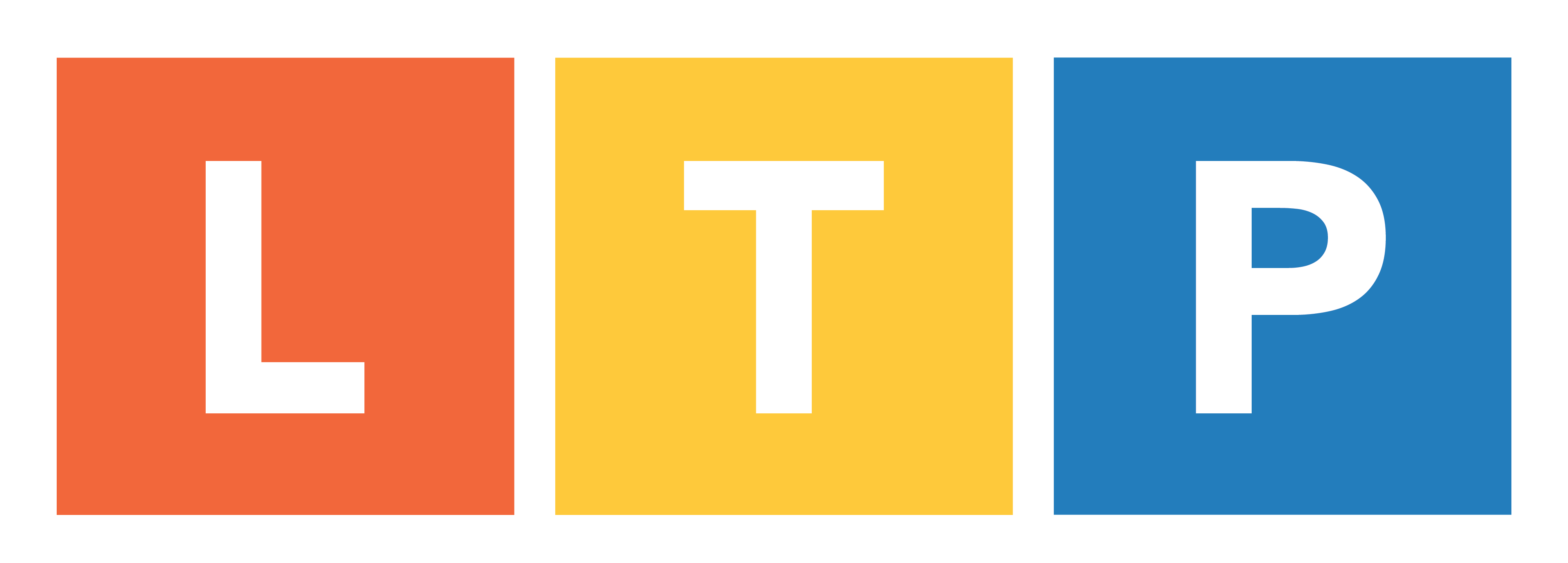Brainstorming is a fundamental component of Learning Through Participation as it involves students, themselves, generating ideas connected to a topic. We recommend arranging the classroom so that groups of 6-10 students can brainstorm together. Group brainstorming ensures that students will generate a wealth of ideas and details and learn from one another’s contributions. Brainstorming, which typically involves drawing and/or list making, is a creative and flexible process that gives rise to possibilities and discoveries. Teachers are not concerned with correct answers in the brainstorming stage; the goal is to get students thinking on their own.
SOME TYPES OF BRAINSTORMING
LIST MAKING
Example 1
In a geography lesson about tourism, a teacher might first ask the entire class for words related to “Safari”. The teacher would then write on the blackboard any words suggested by students, such as “Economy,” “Kilimanjaro,” “Conservation, or “Wildlife.” In smaller groups students would each be assigned a sub-topic to explore further. Here is an example with a list of ideas connected to the sub-topic Kilimanjaro. Rather than teachers providing the definitions and information about the mountain, students formulate a list reflecting what they’ve learned inside and outside of the classroom.
Example 2
The alphabet provides a familiar structure within which students can brainstorm about topics in any area of the curriculum. Teachers assign a topic—such as verbs, homeostasis or animals—and ask students to compose a list of words for each letter of the alphabet from A to Z. We recommend that students brainstorm in groups. Each group can work with the entire alphabet or, if time is limited, part of the alphabet, as in this example from a “Science” alphabet. Using the alphabet as a brainstorming tool allows students to delve into the complexity of a single topic. They start with one idea and come up with 26 ideas under that umbrella.
WORD MAPS
Example
Maps are another useful tool for brainstorming, and in turn, tapping into students’ own ideas and experiential wisdom. Students write an assigned word in the middle of the paper, and then surround the word with a web of associated words. For example, if the central word is “tree”, a student might write birds, branches, leaves, baobab, soil, roots, oxygen, green, etc. Anything that comes to mind in this exploratory exercise is valid material. After making associations about the main word, the students then add a web of words surrounding the associations. For example, from the word “leaves”, they could then write insects, veins, photosynthesis, etc. Students create more and more branches and develop a complex web of inter-related words.
MAPPING PLACES AND EXPERIENCES
Example
A different kind of mapping activity involves making sketches from memory. Depending on the topic, students might sketch their neighborhood, school campus, or even themselves. The mapping can be simple lines and stick figures or more complex representations; the focus is on the ideas that come to mind with the visual aid. For example, when creating a body map, students will jot down notes about any memories or stories they associate with specific parts of their body. Students might recall an injury or a scar on their leg, or the many uses or skills associated with heir hands or eyes. Because students are the experts when it comes to their own bodies, the exercise allows them to feel confident about and engaged with their work. Body maps can be tied to lessons about health, the human body, verbs (actions we perform with our bodies), and so on.






